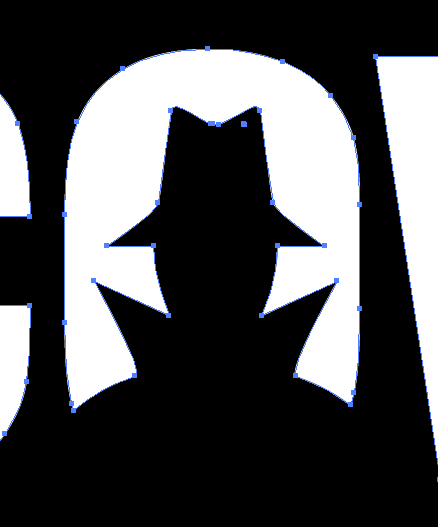One of the biggest issues we have with prepping orders for print is the lack of proper artwork, usually due to a bad logo file. Whether it is for printed collateral, a promotional item such as a tumbler or for display item, such as a banner stand, many companies don’t have a vector logo that can work for their project.
I am always amazed by this. Designers: if you are reading this, when you design a logo for a client, PLEASE send them a complete logo package that includes a vector file or at least a pdf that is in vector format! And, I beg you, please STOP designing logos on photoshop as most cannot be easily vectorized. I can get into another rant about overly complicated “image” type logos and why they should be outlawed, but that is for another post entirely.
If you have a logo designed by a graphic studio, be sure they supply you with several file formats to use in print and web, including a .eps vector file.
OK, what exactly IS a vector file?
A vector file is easiest to describe as one that we can open up in Illustrator and be able to edit without the integrity of the file changing.
We need a vector file in order to separate colors and make a film for screen printing apparel, pad printing of promotional items, create a stitch file for embroidery and to dramatically increase the size for trade show graphics.
How can I tell if my artwork is camera-ready vector art?
The best file to send us will have the extension of .eps. NOTE: you probably will not be able to open this on your computer, but if it was saved properly, it will work for just about any professional that needs your logo for design or print.
When a logo is vectorized, we will open it in illustrator and it will dots creating the shapes of the design, similarly to below.
One of the quickest ways to tell if your logo is camera ready is to blow it WAY up on your computer. If the shapes look like the image below, it is definitely NOT a vector file.
If it is crystal clear at, say, 600%, it still may not be vector, but at least we are working with a high quality file and it may be easier to convert.
Uh oh, my art isn’t vector! What do I do?
Option 1: Contact the designer that made the logo for you. If you paid for the project, they should supply you with the original design files and a logo package that can be used for print. Getting the Illustrator (.ai) file, is like getting gold. Usually, that one file is all any printer needs to plug into your project. But, many times .eps and .pdf will also work.
Option 2: Let us see if it can be converted to vector. This is usually when we get a high quality photoshop logo. Many times we can convert it to vector art pretty quickly. A photoshop file will have the .psd extension.
Option 3: Re-draw the logo. Our design team has re-drawn hundreds of logos for our clients that have the “bad logo” problem. It is a small investment that will save you, and any future printer, a whole lot of time trying to get a proper logo for your projects. We usually provide a nice file with all the versions you need for any type of project. Keep this in a safe place where you, or your successor, can easily find it in the future.
